HDPE-Bottles – Textile-fiber – rPET 26-12-2022 - Arhive
HDPE-Bottles – Textile-fiber – rPET
Caprolactam – Petrochemicals – PET
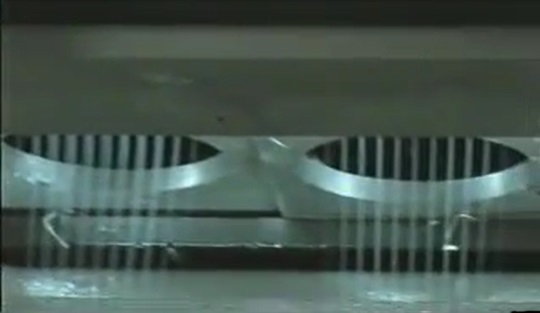
-HDPE Bottles vs PET Bottles
PET and HDPE plastics are very popular for manufacturing bottles and jars. However, understanding why to use each plastic type is important to many brands and a growing consumer base. Many new points have to considered including:
- Sustainability – use less energy and raw materials
- Recyclability – will the waste fit into the current circular economy?
- Container size – can we use concentrated liquids and make the packaging smaller?
- Storage – how long will HDPE or PET last with other contents inside?
- Refill ability – can we offer refill pouches and reduce costs for both consumers & manufacturers? HDPE-Bottles – Textile-fiber – rPET
These important commercial and domestic factors make packaging brands re-think their offering and solution.
We will explore why and how to compare HDPE & PET within this article.
PET Plastic Bottles
PET is also known as PETE or Polyester. PET stands for Polyethylene Terephthalate and is mainly used to manufacture plastic bottles for liquid or beverage consumption. PET is also used for many disposable plastic containers that are also used for ready-made or frozen foods. PET is popular because it provides a sound oil barrier that helps with chemicals attacking the plastic. PET can also be very clear plastic and look like glass once set to its desired shape. PET can also be colour matched to be any colour.
Temperature range
PET bottles do not have as high of a temperature resistance (less than 131°F) as HDPE. PET containers can also handle cold temperatures of about -40°F.
HDPE Plastic Bottles
High-density polyethylene (HDPE) or polyethylene high-density (PEHD) plastic is one of the most common plastics used in manufacturing; HDPE is known for its durability and strength. While not as clear as PET plastic, HDPE bottles and containers can be translucent so you can see your product inside the bottle. This type of plastic can also be colour matched and is popular in white. HDPE-Bottles – Textile-fiber – rPET
Temperature Range
HDPE bottles and containers also are able to withstand colder and freezing temperatures very well (-110° F) and higher temperatures moderately well near 167°F.
What Are The Diversities Between PET & HDPE
Understanding the diversity of different plastic types is one thing, but what are the advantages and disadvantages of each plastic type. Here is a stats table to help make up your mind.
MATERIAL PROPERTIES HDPE PET
RIGIDITITY 3 4
IMPACT 3 2
MOISTURE BARRIER 3 3
GAS BARRIER 1 3
STRESS CRACK RESISTANCE 2 5
CLARITY Semi Opaque – 2 Clear – 5
COLD RESISTANCE -110°F – 4 -40°F – 3
HEAT RESISTANCE 167°F – 4 131°F – 3
METHYL ETHYL KETONE RESISTANCE 3 3
MINERAL OILS RESISTANCE 4 3
ALCOHOL RESISTANCE 3 4
ESSENTIAL OIL BARRIER 2 3
WEAK ACID RESISTANCE 4 4
ACETONE RESISTANCE 3 1
ETHYL ACETATE RESISTANCE 3 3
HYDROGEN PEROXIDE RESISTANCE 5 3
SODIUM CHLORIDE RESISTANCE 4 5
Score Card (KEY)
Excellent = 5
Very Good = 4
Good = 3
Fair = 2
Poor = 1
OVERALL SCORE HDPE PET
SCORE 51 53
As you can see, there really isn’t much between each plastic type. However, you can pick a bottle that best suits your product solutions.
HDPE is a very stiff, high-density plastic with a good temperature resistance and an excellent water vapour barrier. PET plastics are highly transparent in appearance, available in different colours, lightweight and tough against gases and liquids. PET is also highly resistant to diluted acids, oils and alcohols. HDPE-Bottles – Textile-fiber – rPET
Product Material Help
As hybrid packaging specialists, we understand the need to use different materials for bottles, jars, dispensing pumps and tubes; therefore, testing your product contents with a container is key to achieving perfect results for your consumer base.
Berlin Packaging UK offers a packaging studio to help with your skincare & beauty product journey. We have Account Managers ready to take your call, send samples and answer any questions or concerns.
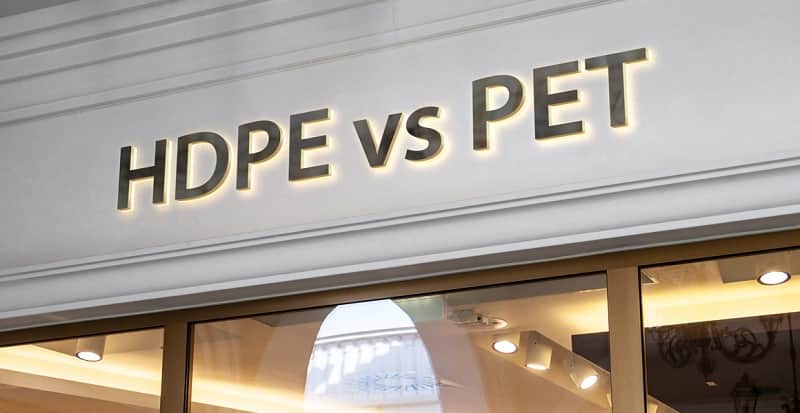
-SABIC and Scientex to convert ‘ocean-bound’ plastics into pyrolysis oil to produce flexible PP packaging
SABIC and Scientex are working together to produce flexible packaging for a Malaysian noodles brand by chemically recycling ‘ocean-bound’ plastic waste (OBP) to use as a feedstock in the production of polypropylene.
The OBP – thought to be discarded up to 50km inland and washed into the ocean by rainfall, rivers, and tides – is set to be converted into pyrolysis oil. This will then become an alternative feedstock for SABIC to produce polypropylene, which will be processed in turn to create a BOPP film for Scientex to manufacture and print the noodle packs.
Forming part of the company’s TRUCIRCLE portfolio, SABIC’s propylene is said to contain a mass balance-accounted 30% of OBP while still performing to the same standard as a virgin, fossil-based polypropylene polymer.
It is reportedly compatible with the noodles’ existing packaging design without needing to alter assets and processes. HDPE-Bottles – Textile-fiber – rPET
“We are proud to offer our customers circular solutions to reduce plastic waste that could otherwise end up in our rivers and oceans,” says Abdullah Al Otaibi, general manager of Engineering Thermoplastic & Market Solutions Business Unit for Petrochemicals at SABIC. “This flexible food packaging containing OBP connects with our TRUCIRCLE program of circular solutions designed to help protect our planet.”
“Thanks to this highly efficient collaboration with SABIC, we are able to bring the world’s first advance recycled flexible PP food packaging to the Asian market, using circular OBP,” adds Paul Ng Kok Leong, head of BOPP Film Division at Scientex Group. “This successful initiative demonstrates the feasibility of tackling the plastic waste issue through dedicated value chain collaborations and sets a milestone in shaping a circular plastics economy in Malaysia and across South East Asia.” HDPE-Bottles – Textile-fiber – rPET
SABIC previously worked alongside HHI and Taghleef Industries in a collaboration with UPM Raflatac to incorporate certified ocean-bound plastic waste into its Ocean Action labels using a mass balance approach.
In another effort to cut down on ocean pollution, Greiner Packaging and Plastic Bank have extended their cooperation to encourage Ocean Stewards to collect plastic waste from shorelines and take it to designated collection points to be returned to the global supply chain.
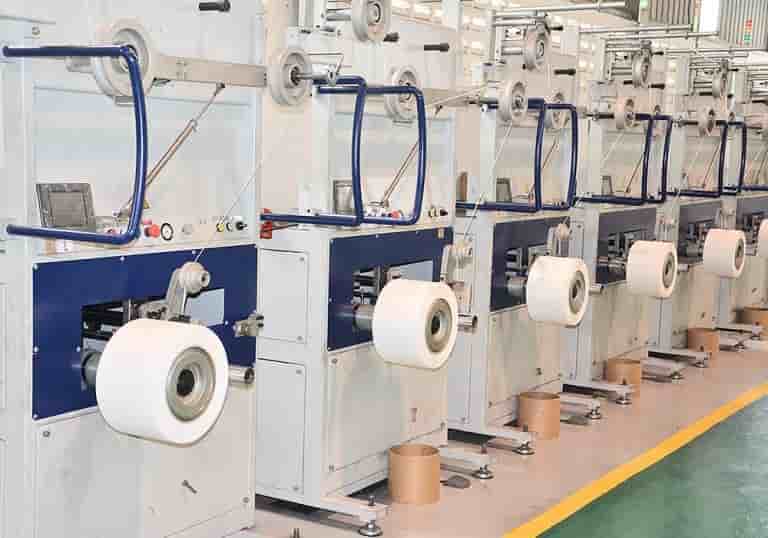
-Research suggests that unclear information is preventing consumers from recycling effectively
Surveys conducted amongst Polish and Spanish consumers by the University of Reading and its partners have suggested that a lack of knowledge about food packaging may be hindering its effective disposal – indicating that more consumer education is needed to successfully reduce packaging waste.
Aarhus University and various other European research institutes and industry partners were involved in the project, which was funded by the European Institute of Innovation and Technology under the EIT Food programme. HDPE-Bottles – Textile-fiber – rPET
Respondents stated that videos, infographics, and short written communication are their preferred methods of receiving information about the correct disposal of packaging. The results also suggested that consumers are paying attention to the amount of packaging applied to fresh produce, and that they are drawn to products with less or no packaging.
“Consumers need really clear instructions to be able to recycle as much as possible,” said Dr Stella Lignou from the University of Reading. “Even when people know what materials the packaging includes, they still encounter difficulties, for example, whether they have to clean the packaging or not before disposing of it.
“In Poland consumers had more disposal-related issues at home but also out and about.”
Similarly, Spanish respondents expressed that they were encountering problems with their recycling collection system.
“These results are fairly consistent with our early proof-of-concept surveys in Greece and the UK,” Dr Lignou continued. “Recycling is becoming increasingly important, as we seek to protect natural resources and reduce our environmental impact. This study gives us a good indication of the sorts of interventions that could work, across Europe.”
Daniela Carbinato, Luciana Batista and Yoni Shiran, authors of Bain & Co’s report A Roadmap for Sustainable Packaging in Consumer Goods, spoke to Packaging Europe about consumers’ lack of confidence in their own ability to make sustainable packaging progress. Confusion surrounding the symbols displayed on packaging and the necessity of separating waste for recycling were cited as two of the contributing factors.
On another note, DS Smith previously identified the forms of packaging that can disrupt paper recycling streams, potentially due to incorrect disposal; this includes junk mail, padded envelopes, and cardboard food trays, with their plastic content and food contamination causing issues during the recycling process.
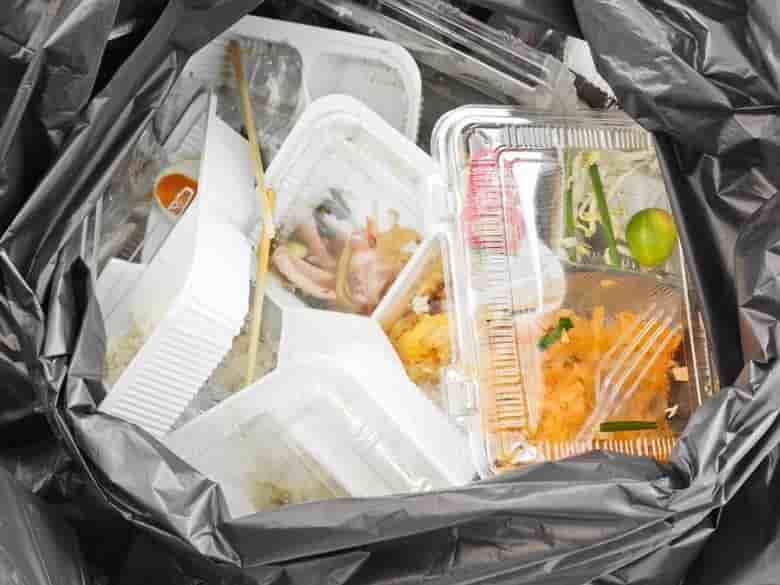
-Fully recyclable & NIR-detectable black bottle
Ho.Bag Corporate, an established Italian Company specialised in the production and distribution of packaging for the cosmetic, herbal and pharmaceutic sector, introduces a new black PET bottle that can be fully recycled thanks to the carbon free pigments.
The packaging has been designed as a real communication tool: graphics and colours are to attract consumers’ eyes and capture their attention through targeted messages. However, today, the needs of brands in terms of design and image have to satisfy also some sustainability requirements. In the case of cosmetics packaging, which lifecycle is typically short, is important to consider how the product will be dismissed after the use and give consumers all the tools to save the environment.
An example are black bottles. Eyecatching but difficult to recycle. Why? The carbon black pigments used to give the bottle the dark and full colour, absorb ultraviolet and infrared spectrum used by near-infrared optical sensors installed in the plastic wastes sorting plants. HDPE-Bottles – Textile-fiber – rPET
As a result, the bottle cannot be dismissed in the correct stream. Ho.Bag Corporate met this challenge in introducing a new black bottle with all the characteristics to be green thanks to state-of-the-art NIR detectable pigments.
Visit Ho.Bag
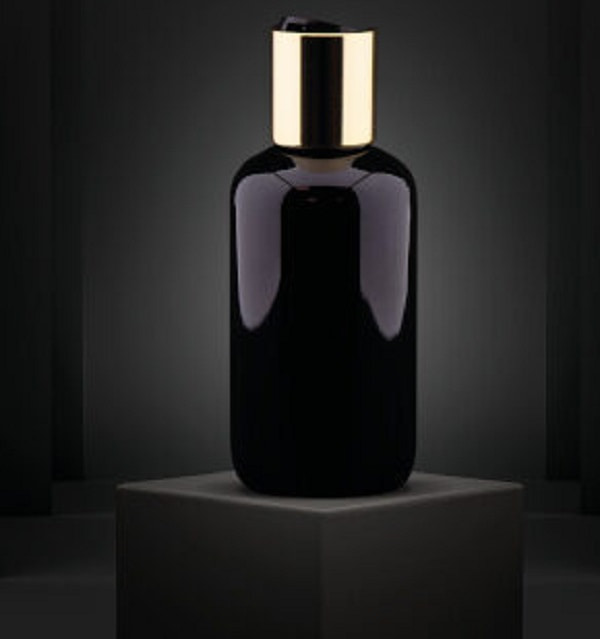
-Renewcell applies new textile fiber preparation system using Andritz ADuro technology
Renewcell has produced its first fiber material with the ADuro textile fiber preparation system from Andritz at its new site in Sundsvall, Sweden.
Renewcell applies the process to produce pure dissolving pulp from 100% textile waste. The product is finally transformed by Renewcell’s customers into new garments for the circular clothing industry. The plant in Sundsvall recently reached its Commercial Operation Date (COD) on October 31, 2022. HDPE-Bottles – Textile-fiber – rPET
Andritz installed a complete textile fiber preparation system based on shredding and separation technology. Shredders of the ADuro product line form the technological centerpiece of the system and shred used textiles in only one step, enabling a throughput of up to 60,000 tons of textile waste per year. In the subsequent separation stages, impurities such as buttons and zippers are removed from the shredded textiles.
Since 2016, Renewcell and Andritzhave been working together on the development of Renewcell’s textile recycling process at its test plant in Kristinehamn, Sweden, and now, in Sundsvall, on their first commercial textile recycling plant.
Renewcell was founded in Stockholm, Sweden, in 2012 and specializes in recycling textiles with the vision of making fashion circular. Its recycling technology transforms used cotton and other cellulose fibers into a new raw material called Circulose pulp. The pulp is used to produce high-quality biodegradable viscose or lyocell textile fibers for the fashion industry.
Source: Andritz
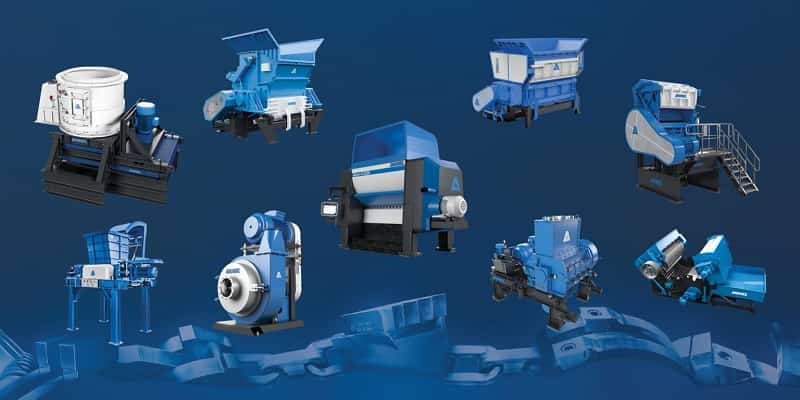
-ASU Partners with Clean-seas to Create $50M Plastic-to-Hydrogen Facility
A collaboration between Arizona State University’s Rob and Melani Walton Sustainability Solutions Service and waste-to-energy solutions company Clean-Seas is slated to bring a clean hydrogen facility — the first of its kind — to Arizona.
The two entities recently signed a memorandum of understanding to establish a $50 million plastic-to-clean hydrogen facility in a project that brings new meaning to the phrase “one man’s trash is another man’s treasure.”
According to the agreement, Clean-Seas will establish the facility and the Rob and Melani Walton Sustainability Solutions Service will provide access to its network of nearly 800 Global Futures scientists and scholars, as well as facilitation within its ASU-based headquarters. HDPE-Bottles – Textile-fiber – rPET
Michael Dorsey, director and chair of the Rob and Melani Walton Sustainability Solutions Service, said:
What we are not trying to do is sustain the flow of plastic materials.
“That is a flow that needs to end and neither of us, at Walton or Clean-Seas, want the landfill to be the destination of plastic waste.”
The proposed facility is expected to source plastic waste feedstock from the Phoenix metro region and redirect from landfills and incinerators. This material will then be converted to recycled-content plastic and Clean-Seas’ proprietary clean hydrogen product. Dorsey said the Rob and Melani Walton Sustainability Solution Service and Clean-Seas share a common vision: a sustainable, green, hydrogen-based global economy.
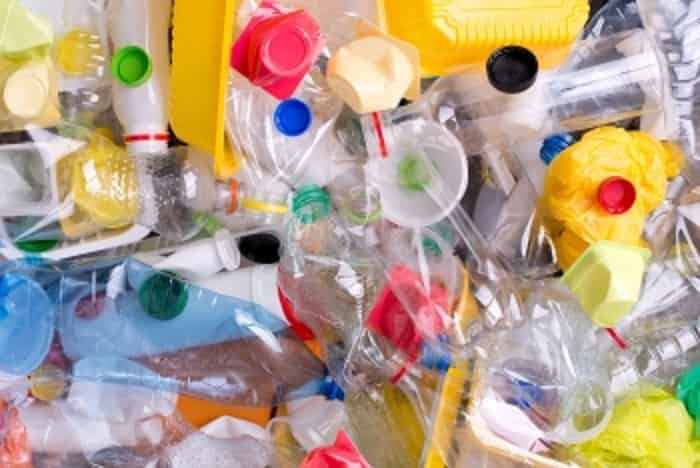
HDPE-Bottles – Textile-fiber – rPET
